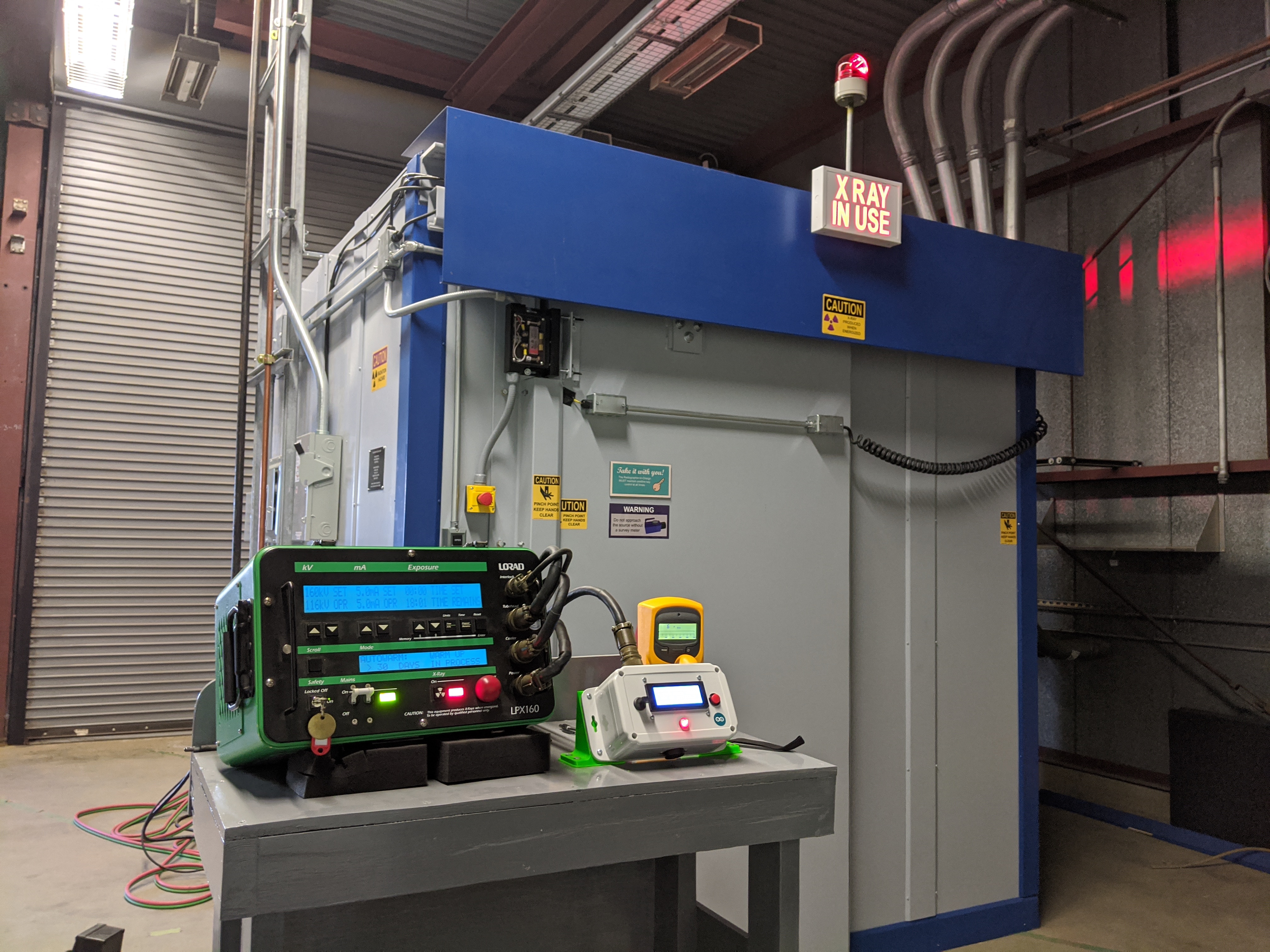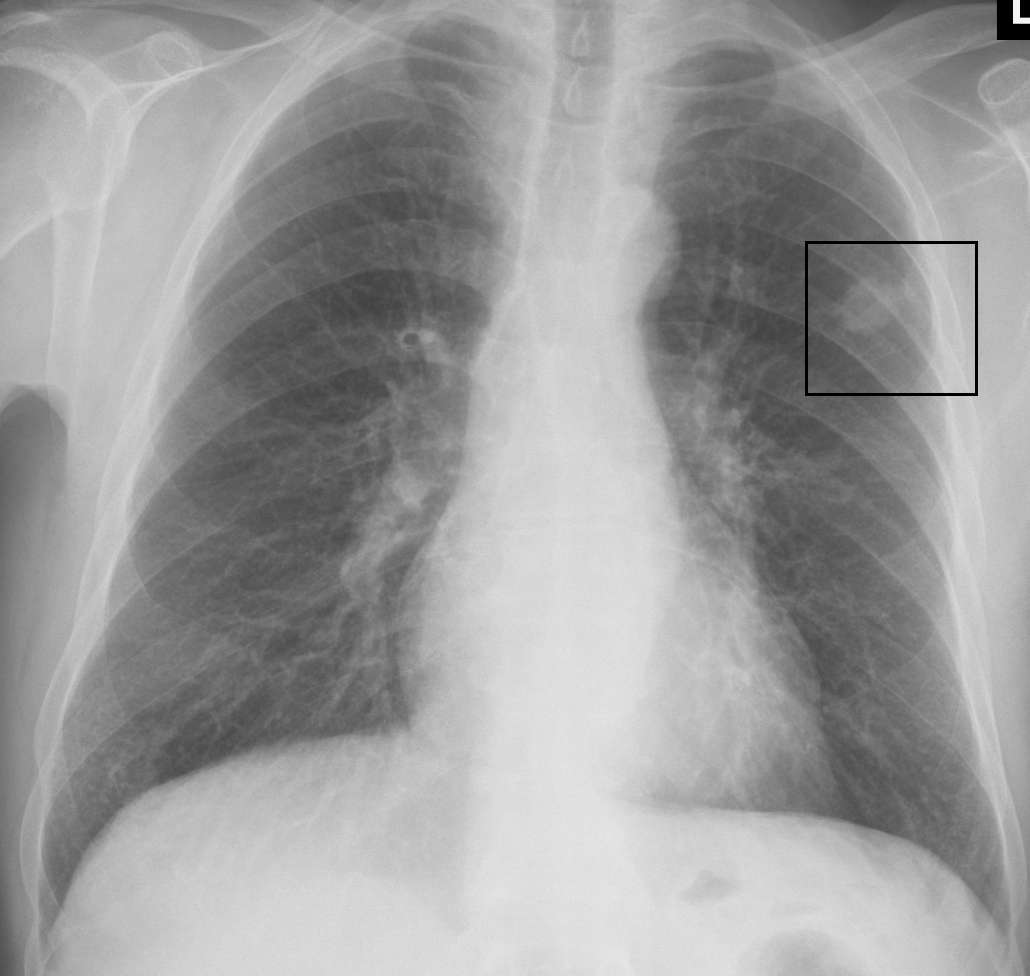|
ART (Acoustic Resonance Technology)
Acoustic resonance technology (ART) is an acoustic inspection technology developed by Det Norske Veritas over the past 20 years. ART exploits the phenomenon of half-wave resonance, whereby a suitably excited resonant target (such as a pipeline wall) exhibits longitudinal resonances at certain frequencies characteristic of the target's thickness. Knowing the speed of sound in the target material, the half-wave resonant frequencies can be used to calculate the target's thickness. ART differs from traditional ultrasonic testing: although both are forms of nondestructive testing based on acoustics, ART generally uses lower frequencies and has a wider bandwidth. This has enabled its use in gaseous environments without a liquid couplant. Det Norske Veritas has licensed the technology for use in on-shore water pipes worldwide to Breivoll Inspection Technologies AS. Breivoll has proven the efficiency of the technology in assessing the condition of metallic water pipes, both with and with ... [...More Info...] [...Related Items...] OR: [Wikipedia] [Google] [Baidu] |
Acoustics
Acoustics is a branch of physics that deals with the study of mechanical waves in gases, liquids, and solids including topics such as vibration, sound, ultrasound and infrasound. A scientist who works in the field of acoustics is an acoustician while someone working in the field of acoustics technology may be called an Acoustical engineering, acoustical engineer. The application of acoustics is present in almost all aspects of modern society with the most obvious being the audio and noise control industries. Hearing (sense), Hearing is one of the most crucial means of survival in the animal world and speech is one of the most distinctive characteristics of human development and culture. Accordingly, the science of acoustics spreads across many facets of human society—music, medicine, architecture, industrial production, warfare and more. Likewise, animal species such as songbirds and frogs use sound and hearing as a key element of mating rituals or for marking territories. Art, ... [...More Info...] [...Related Items...] OR: [Wikipedia] [Google] [Baidu] |
Det Norske Veritas
Det Norske Veritas (DNV), formerly DNV GL, is an international accredited registrar and classification society headquartered in Høvik, Norway. DNV provides services for several industries, including maritime, oil and gas, renewable energy, electrification, and healthcare. As of 10 January 2024, the company has about 15,000 employees and 350 offices operating in more than 100 countries and provides services for several industries. In 2013, Det Norske Veritas (Norway) and Germanischer Lloyd (Germany), two prominent organizations in the industry, merged to form DNV GL. The company later simplified its name to DNV in 2021, while maintaining the organizational structure that resulted from the merger. DNV provides services for 13,175 vessels and mobile offshore units (MOUs), amounting to 265.4 million gross tonnes, which represents a global market share of 21%. 65% of the world's offshore pipelines are designed and installed to DNV's technical standards. Prior to the merger, bo ... [...More Info...] [...Related Items...] OR: [Wikipedia] [Google] [Baidu] |
Ultrasonic Testing
Ultrasonic testing (UT) is a family of non-destructive testing techniques based on the propagation of ultrasonic waves in the object or material tested. In most common UT applications, very short ultrasonic pulse waves with centre frequencies ranging from 0.1-15MHz and occasionally up to 50MHz, are transmitted into materials to detect internal flaws or to characterize materials. A common example is ultrasonic thickness measurement, which tests the thickness of the test object, for example, to monitor pipework corrosion and erosion. Ultrasonic testing is extensively used to detect flaws in welds. Ultrasonic testing is often performed on steel and other metals and alloys, though it can also be used on concrete, wood and composites, albeit with less resolution. It is used in many industries including steel and aluminum construction, metallurgy, manufacturing, aerospace, automotive and other transportation sectors. History The first efforts to use ultrasonic testing to dete ... [...More Info...] [...Related Items...] OR: [Wikipedia] [Google] [Baidu] |
Nondestructive Testing
Nondestructive testing (NDT) is any of a wide group of analysis techniques used in science and technology industry to evaluate the properties of a material, component or system without causing damage. The terms nondestructive examination (NDE), nondestructive inspection (NDI), and nondestructive evaluation (NDE) are also commonly used to describe this technology. Because NDT does not permanently alter the article being inspected, it is a highly valuable technique that can save both money and time in product evaluation, troubleshooting, and research. The six most frequently used NDT methods are eddy-current testing, eddy-current, magnetic-particle inspection, magnetic-particle, liquid penetrant testing, liquid penetrant, radiographic testing, radiographic, ultrasonic testing, ultrasonic, and Visual inspection, visual testing. NDT is commonly used in forensic engineering, mechanical engineering, petroleum engineering, electrical engineering, civil engineering, systems engineering, a ... [...More Info...] [...Related Items...] OR: [Wikipedia] [Google] [Baidu] |
Breivoll Inspection Technologies AS
Breivoll Inspection Technologies (BIT) have in close collaboration with Det Norske Veritas (DNV) and other partners developed a system for condition assessment of water pipelines. The company is the first world-wide to perform condition assessments of water pipes with the use of a pipescanner based on ART (Acoustic Resonance Technology). The targeted customers include managers of water networks, consultants, entrepreneurs and authorities. BIT were the recipients of the 2007 Norwegian Engineering Award. The company has offices in Tromsø and Oslo, Norway. History In 1992, Det Norske Veritas (DNV) was hired by the Norwegian authorities to develop technology to detect any remaining oil in the sunken German WW2 warship Blücher. The technology they advised was based on acoustic resonance, and it was discovered that as a bi-product it can also be used to measure the thickness of metallic plates. This discovery was the foundation of DNV's effort to develop a whole new inspection techno ... [...More Info...] [...Related Items...] OR: [Wikipedia] [Google] [Baidu] |
Gassco
Gassco is a Norwegian state owned company that operates of natural gas pipes and associated riser platforms and land-based facilities transporting annually of 100 billion cubic meter (bcm) of natural gas from the Norwegian continental shelf to Continental Europe and Great Britain. 15% of the total consumption of natural gas in Continental Europe is distributed through Gassco. The actual ownership is organised through various licences, with Gassled, being the largest. Gassled is owned by Petoro. History Gassco was founded by the Ministry of Petroleum and Energy (MPE) on 14 May 2001, and took over the operatorship of all gas transport from the Norwegian continental shelf on 1 January 2002. This activity had previously been carried out by several companies, and the creation of Gassco formed part of an extensive reorganisation of Norway's oil and gas sector in 2001. It complied with the requirements stipulated in the European Union's gas market directive for organising transpo ... [...More Info...] [...Related Items...] OR: [Wikipedia] [Google] [Baidu] |
Kårstø
Kårstø is an industrial facility located near the village of Susort, along the Boknafjorden, in the municipality of Tysvær in Rogaland county, Norway. The site features a number of natural gas processing, natural gas processing plants that refine natural gas and natural gas condensate, condensate from the fields in the northern parts of the North Sea, including the Åsgard field, Åsgard, Mikkel field, Mikkel, and Sleipner field, Sleipner gas fields. The Kårstø processing complex is Europe's biggest export port for natural gas liquids (NGL) and the third largest in the world. The industrial site is also the location for the now-closed Kårstø Power Station. Operation The first plant on the site opened on 25 July 1985 and it exported the first gas to Germany on October 15 of that year. Gas is transported from the North Sea via Statpipe and Åsgard Transport. Condensate is received from the Sleipner field and stabilised and fractionated in a separate plant that started operati ... [...More Info...] [...Related Items...] OR: [Wikipedia] [Google] [Baidu] |
Quality
Quality may refer to: Concepts *Quality (business), the ''non-inferiority'' or ''superiority'' of something *Quality (philosophy), an attribute or a property *Quality (physics), in response theory *Energy quality, used in various science disciplines *Logical quality, philosophical categorization of statements *Service quality, comparison of expectations with performance in a service *Vapor quality, in thermodynamics, the ratio of mass of vapor to that of vapor and liquid *Data quality, refers to the condition of a set of values of qualitative or quantitative variables Practices *Quality assurance (QA) *Quality control (QC) *Quality management system (QMS) *Quality management, Quality Management (QM) Places *Quality, Kentucky, an unincorporated community Brands and enterprises *Quality Comics, an American comic book publisher between 1939 and 1956 *Quality Communications, a British comic book publisher between 1982 and 2008 *Quality Records, a Canadian entertainment company Musi ... [...More Info...] [...Related Items...] OR: [Wikipedia] [Google] [Baidu] |
Nondestructive Testing
Nondestructive testing (NDT) is any of a wide group of analysis techniques used in science and technology industry to evaluate the properties of a material, component or system without causing damage. The terms nondestructive examination (NDE), nondestructive inspection (NDI), and nondestructive evaluation (NDE) are also commonly used to describe this technology. Because NDT does not permanently alter the article being inspected, it is a highly valuable technique that can save both money and time in product evaluation, troubleshooting, and research. The six most frequently used NDT methods are eddy-current testing, eddy-current, magnetic-particle inspection, magnetic-particle, liquid penetrant testing, liquid penetrant, radiographic testing, radiographic, ultrasonic testing, ultrasonic, and Visual inspection, visual testing. NDT is commonly used in forensic engineering, mechanical engineering, petroleum engineering, electrical engineering, civil engineering, systems engineering, a ... [...More Info...] [...Related Items...] OR: [Wikipedia] [Google] [Baidu] |
Casting (manufacturing)
Casting is a manufacturing process in which a liquid material is usually poured into a mold, which contains a hollow cavity of the desired shape, and then allowed to solidify. The solidified part is also known as a casting, which is ejected or broken out of the mold to complete the process. Casting materials are usually metals or various time setting materials that cure after mixing two or more components together; examples are epoxy, concrete, plaster and clay. Casting is most often used for making complex shapes that would be otherwise difficult or uneconomical to make by other methods. Heavy equipment like machine tool beds, ships' propellers, etc. can be cast easily in the required size, rather than fabricating by joining several small pieces. Casting is a 7,000-year-old process. The oldest surviving casting is a copper frog from 3200 BC. History Throughout history, metal casting has been used to make tools, weapons, and religious objects. Metal casting history and developmen ... [...More Info...] [...Related Items...] OR: [Wikipedia] [Google] [Baidu] |





